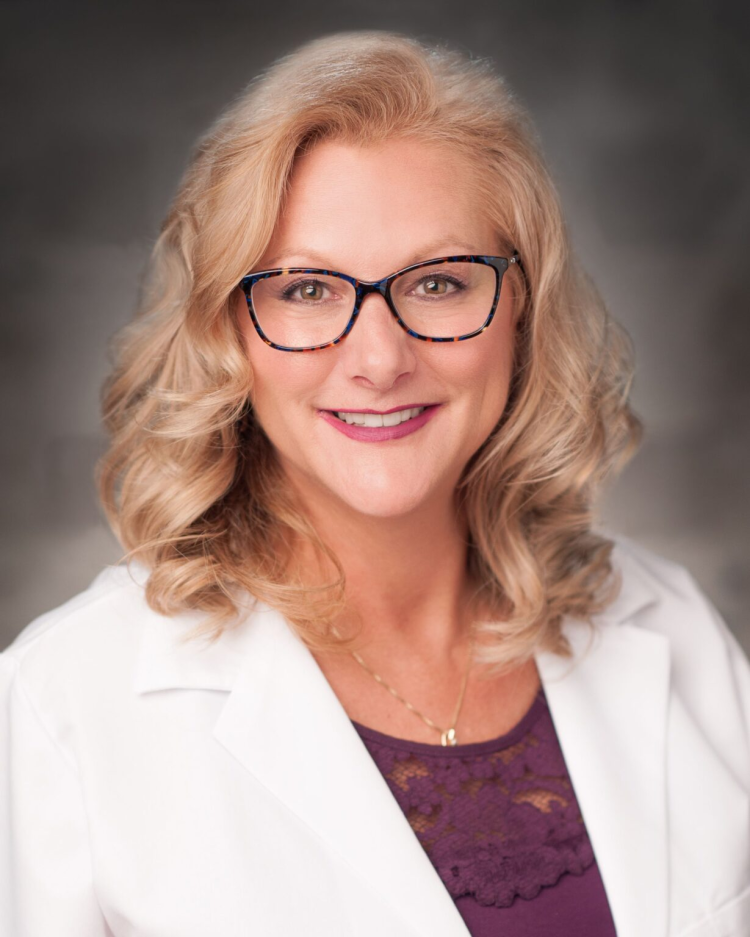As Ontario contends with a nursing crisis, York University's School of Nursing is offering a unique curriculum to better equip nurses for the chaos and workload of emergency rooms (ERs) and intensive care units (ICUs).
In a Toronto hospital, alarms blare as a lone-nurse races between three critical patients in the intensive care unit and emergency room. Adjusting IV drips, checking vitals, calling for doctors - all within minutes.
This high-wire act of health care, with one nurse stretched thin across multiple lives in the balance, has become standard in Ontario's hospitals.
The province faces a nursing crisis of unprecedented scale. With just 651 registered nurses per 100,000 people - the lowest in Canada - Ontario projects a staggering deficit of 33,200 nurses by 2032. Emergency rooms and intensive care units are expected to bear the brunt of this shortage.

Brenda Orazietti
"In one ICU, we have 40 vacancies," says Brenda Orazietti, chair of York University's nursing curriculum committee and a critical care nurse with 32 years of experience. "How do you operate a safe department like that?"
She paints an even starker picture: "Most ICUs are so short-staffed, the nurse-to-patient ratio is 2:1 instead of the standard 1:1. This causes more issues than you can imagine."
The implications for patient care and nurse burnout are profound, she adds.
York University's School of Nursing is betting on a solution to this crisis: the specialized stream in High Acuity option, launched in 2022. This specialized program, designed for students interested in pursuing careers in acute or critical care, aims to equip nurses for what awaits them in ERs and ICUs.
The curriculum plunges students into the complexities of acute care through two intensive courses. One covers emergency scenarios from abdominal trauma to disaster triage; the other delves into critical care, teaching advanced cardiac monitoring and ventilator management.
Students complete an additional 18 nursing credits, using high-fidelity mannequins and computer simulations to practise split-second decision-making. "We're not just teaching procedures," says Orazietti. "We're training nurses to think rapidly under extreme pressure."
For Kirthana Vijit, a recent graduate now working in cardiac surgery, the program was transformative. "It bridged the gap between textbook knowledge and real-world chaos," she says.
Recognition of the impact of the curriculum extends beyond students as well. Orazietti will be giving a presentation at the International Council of Nurses Conference in Helsinki in June, discussing York's curriculum innovations. "I'll be giving a 20-minute oral presentation about our stream options," she says, highlighting the growing interest in York's approach to nursing education.
Yet three years in, York's program faces its own critical condition. "It's an elective," Orazietti admits. "We can't force students to take it or work in these areas after graduation." The challenge mirrors the broader health-care system: how to attract talent to a field notorious for burnout.
Orazietti, who has worked on the frontline through multiple health crises including HIV/AIDS, SARS and H1N1, emphasizes the toll of the profession. "COVID was my last straw," she says. "I quit [nursing] before I became a patient myself."
She argues that education alone won't solve the crisis. Nurses in these understaffed environments need much higher pay, she says. "Money talks - it would help fill vacancies and alleviate some of the pressure."
The challenge, Orazietti explains, is that nursing expertise isn't developed overnight. It takes years to graduate and even more time to cultivate the critical thinking skills necessary for saving lives. This long development pipeline makes addressing the current shortage all the more urgent. "You can't just grow a nurse," she says. "It's a complex process that requires time, dedication and support."
As Ontario grapples with its nursing exodus, York's High Acuity option offers a glimpse of innovation in health-care education. But in a province starved for nurses, the question remains: will this academic lifeline be enough to stem the tide?
"These are complex issues that require a multi-pronged approach," Orazietti says. "At York University, we are trying to contribute to a solution, but it is just one piece of a much larger puzzle."
This story was originally featured in YFile, York University's community newsletter.













